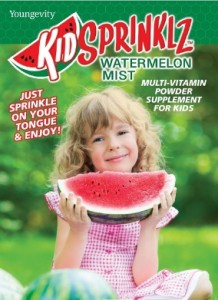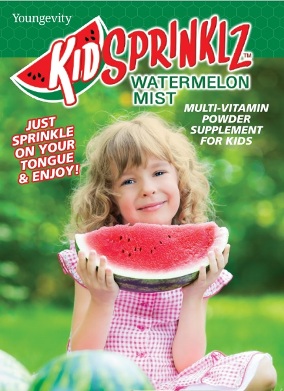As a parent, you try your best to make sure your kids are getting their 5-a-day, but how can you be sure they are eating the right foods when you’re not around?
Childhood obesity is slowly declining in the UK. However, the latest official figures for 2014/15 show that obesity is still a major problem. 1 in 3 children, between the ages of 2 and 15, are classed as overweight or obese.
The main causes of childhood obesity are; over eating, nutrient deficiency, lack of activity and social influence. Removing unhealthy snacks from the home is a start but it needs to go further than that. Changing the mindset of your child and their relationship with food and exercise will ensure that childhood obesity is reversed.
It’s no surprise that kids love sweet and salty snacks. For some children, these foods can be addictive. In fact, supermarkets have reported an increase in the number of students purchasing snacks on their way to school. The most popular purchases are large bags of chocolate, family size crisps and large bottles of fizzy drinks. Most of these students are often found opening their ‘goodies’ before they even leave the shop.
The old tradition of having salty or sweet snacks as a treat encourages children to covet these foods, which leads to unhealthy eating habits. Using these foods as a reward can often lead to dependencies. The perceived emotional feel-good factor associated with these foods leads children to use them as a crutch in times of weakness.
There are many emotional difficulties that young children and teens go through. Many will experience family break-down, mental and physical abuse at home or at school. When coupled with an unhealthy relationship with food, this can lead to obesity and depression. This is not just a problem that exists in childhood. It can and, in most cases, does continue into adulthood. During adulthood this is often dismissed as comfort eating.
Here are 10 top tips to get your kids eating healthy;
- Let your child to see a variety of healthy foods and snacks in the home – educate them to make the right choices for their developing bodies and mental well being. Don’t force them into doing things they don’t want to do, you’ll send them running the other way.
- What’s practised at home will become habit outside the home – encourage your child to pack their own lunch box or at the very least assist you in doing so. If they start taking responsibility for what they eat they are more likely to continue making healthy choices into adulthood.
- Small packets are best. If you choose to keep unhealthy snacks in the home, buy smaller packs. Having the big share bags in the cupboard may be savvy shopping but it encourages continuous snacking and binge eating. Buying multi-pack snacks may work out to be more expensive, but it is a good incentive to stop buying snacks altogether, as well as controlling portion size.
- Hydrate the right way. Talk to your children about hidden calories and the dangers of fizzy drinks, juices and flavoured waters. Fizzy drinks tend to be the main target for attack by the press, but did you know that flavoured waters contain on average of 13.5g of sugar per serving.
- Lead by example – use more fruit and vegetables during meal times and eat as a family. If you are practising what you preach they are more likely to follow. That is a good habit to have if you are a good role model.
- Reduce portion sizes. This will help prevent overeating, but be sure that they are also eating the right foods not just smaller amounts of the wrong food.
- Stick to regular meal times. Sticking to regular meal times will bring the family together and curb cravings.
- Try new recipes and new foods. Having a variety of healthy foods and snacks will make the whole healthy eating experience more enjoyable. Your children will look forward to all the new flavours rather than worry about missing the old unhealthy foods.
- Know when you are full. If you are an over eater, this may take some time. Try chewing your food for longer and putting down your cutlery between mouthfuls. This will give your food time to let the body know it’s there. Over a few days you will be able to tell when you are full.
- Maintain the recommended daily intake of the 90 essential nutrients. As we know fruit and vegetables, although a great source of nutrients, are not as potent as they used to be. They do not contain as much vitamins and minerals as they did 50 years ago. Supplementation is the only sure way to get the right amount vitamins and minerals into your child’s diet. Why not try the delicious watermelon mist, multi-vitamin by Youngevity. KidSprinklz are so easy to take and taste great. Simply open the packet and sprinkle on the tongue. Job done. Click the image below to find out more.













